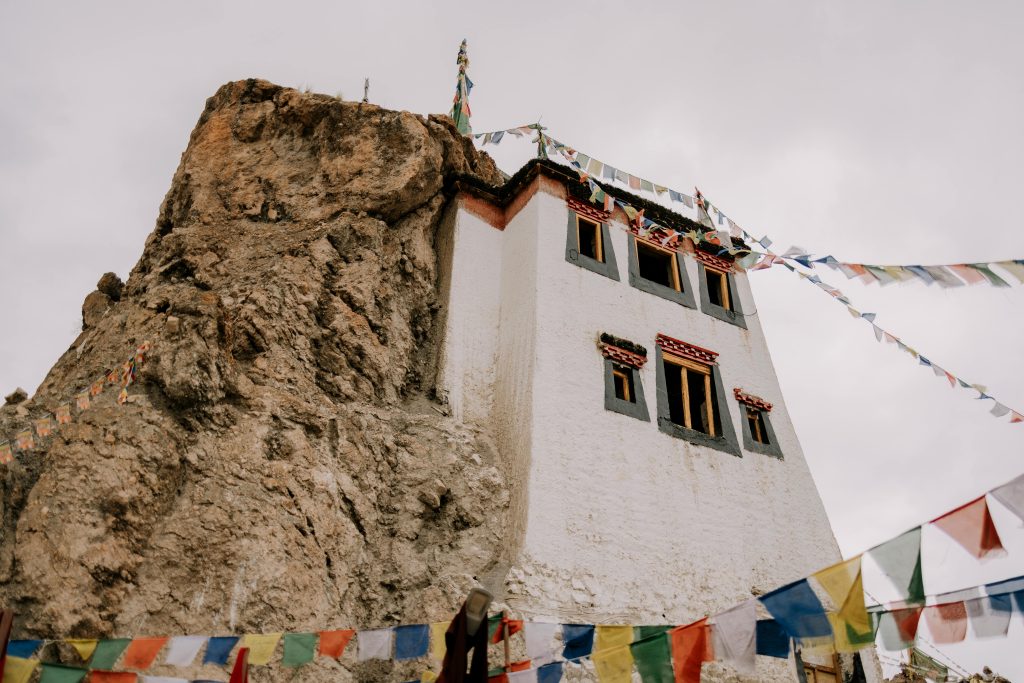Introduction
Mount Kilimanjaro, Africa’s tallest peak, stands 5,895 meters above sea level. Climbing this legendary mountain is a dream for adventurers worldwide, offering a once-in-a-lifetime challenge wrapped in breathtaking natural beauty.
Choosing Your Route
There are several routes to the summit, each offering a different experience:
- Marangu Route (“Coca-Cola Route”): Easiest and most popular, with hut accommodations.
- Machame Route (“Whiskey Route”): More scenic but physically demanding.
- Lemosho Route: Offers the best balance between beautiful scenery and a high summit success rate.
Your choice will depend on your fitness level, schedule, and preference for comfort or challenge.
Training for the Climb
Climbing Kilimanjaro requires mental and physical preparation. Key training tips:
- Focus on cardio fitness (running, hiking).
- Practice hiking at altitude if possible.
- Strengthen your legs and core muscles.
- Break in your hiking boots before the trip!
What to Expect During the Trek
- Diverse Landscapes: You’ll pass through rainforest, alpine desert, and glaciers.
- Acute Mountain Sickness (AMS): Altitude can affect even the fittest climbers. Go slow and stay hydrated.
- Support Teams: Guides, porters, and cooks make the journey possible. Their experience and encouragement are vital.
Reaching Uhuru Peak
Standing on the summit, watching the sunrise over Africa, is a moment few experiences can rival. It’s physically exhausting but emotionally overwhelming.
Environmental Responsibility
- Stick to established trails.
- Pack out all waste.
- Choose a tour operator committed to fair porter treatment and environmental care.
Packing Essentials
- Thermal layers for cold nights
- Good hiking boots and socks
- Headlamp and trekking poles
- Hydration system (at least 3 liters)
Conclusion
Climbing Kilimanjaro is not just a physical challenge; it’s a journey of the spirit. It teaches patience, perseverance, and respect for nature — lessons that stay with you long after you leave Africa’s mighty roof.

